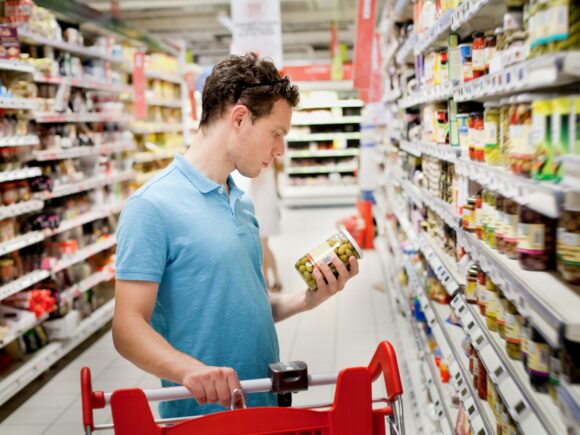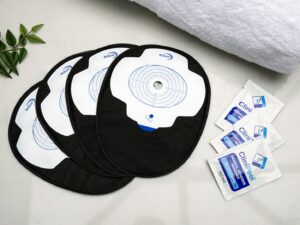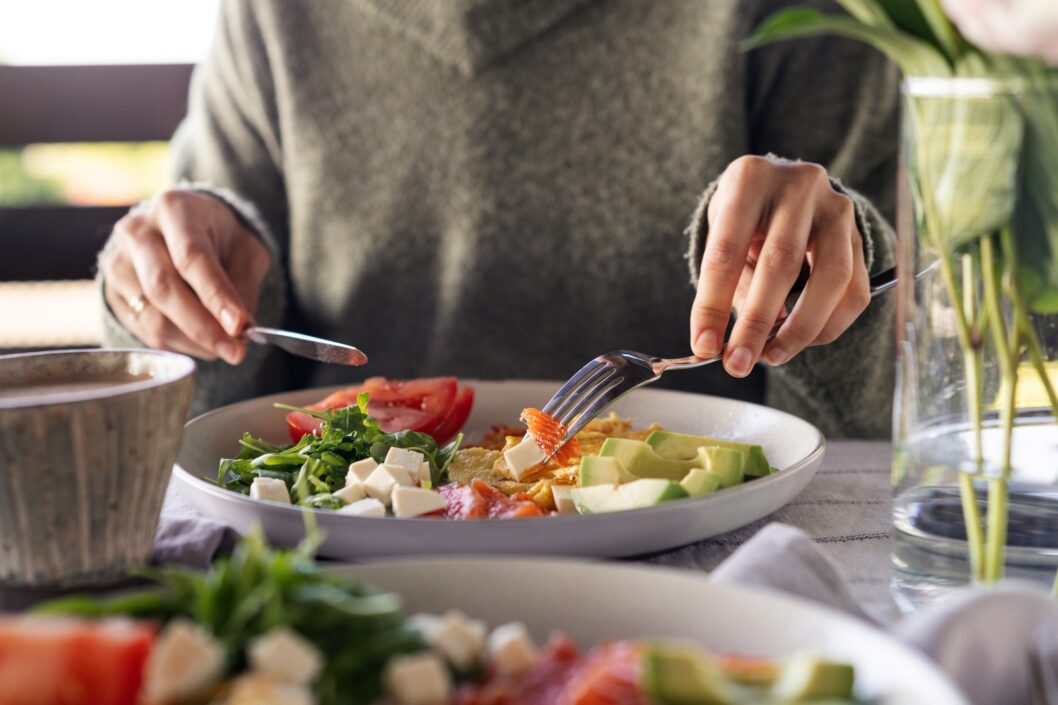Many new ostomates worry about the effect their stoma will have on their ability to eat normally. But usually, once you’ve recovered from the operation, you should be able to eat what you did before. We’ve put together some answers for the most asked questions about diet and nutrition with a stoma, along with a stoma diet sheet.
What foods should I avoid with a stoma?
You may be wondering what foods you can eat with a stoma. The truth is, there are no hard and fast rules about what foods to avoid when you have a stoma. It can often be a case of trying something to see if it suits you, as what affects one person may be fine for others.
Some foods such as cruciferous vegetables (also known as brassicas) like cabbage can cause ballooning. So, if you are worried about wind then you may want to try excluding them and then reintroducing them one by one to see if they might be causing you issues.

Can I drink alcohol with a stoma?
In most cases, moderate alcohol is safe once you feel well enough after stoma surgery. Since alcohol can cause dehydration, it’s important to alternate alcoholic drinks with non-alcoholic ones to help stay hydrated and reduce the risk. Reducing the risk of dehydration is important for people with and without a stoma.
Some alcoholic beverages can cause excess wind, for example beer/lager and sparkling wines so should be consumed in moderation and monitored.
It’s best to introduce alcohol gradually and see how your body responds. Always follow any advice given by your Stoma Care Nurse or healthcare professional and speak to them if you have any concerns.

How can I prevent dehydration?
To avoid dehydration, aim to consume 8–10 cups of fluids daily, unless advised otherwise by a healthcare professional.
During intense physical activity or in hot weather, you may become more easily dehydrated. This is due to electrolytes being lost through sweating. Isotonic drinks or a serving of regular cola (full-sugar) with a salty snack like crisps can help replace the lost electrolytes.
Gain tips and how to stay hydrated with our free, downloadable hydration guide.

Are there any eating habits I should adopt?
Tips for eating with a stoma
Certain eating habits can help prevent complications and improve digestion for people with stomas:
Chew food thoroughly and eat slowly
Try to eat smaller, more frequent meals instead of large meals
Try new foods gradually and in small amounts to see how your body reacts
Keep a diary of food and drink you know works and doesn’t work for you

Do I need to take any supplements?
The amount of nutrients your body absorbs may change after your stoma surgery. You may need to take supplements to make sure you are getting the vitamins and minerals you need. If you are concerned about this talk to your healthcare professional.

Advice and resources
Find lots of helpful tips and downloadable guides in our resource library.

Diet and nutrition guide
Free dietary advice for people with a stoma to provide reassurance and encourage a varied and healthy diet, with no rigid restrictions.

Hydration guide
This guide developed by Stoma Care Nurses, Kevin Hayles and Louise Harrison explores the importance of hydration and the impact on your stoma.
Frequently asked questions
It’s perfectly normal to feel overwhelmed when it does to what you can and can’t eat after stoma surgery. We have put together some questions commonly asked by ostomates to help navigate diet and nutrition.
For a more comprehensive guide to foods you can eat with a stoma, download our free diet and nutrition guide.
Chocolate can be enjoyed with a stoma, just in moderation. Some people may experience wind or loose output when eating chocolate so introduce chocolate into your diet slowly to see how your body reacts.
Tip – If your chocolate contains nuts or dried fruit, take extra care to chew thoroughly to minimise the risk of potential blockages.
Yes, you can still eat curry with a stoma. Be mindful that ingredients such as onions and garlic may cause wind or loose output. Start with smaller portions while you are introducing curry into your diet and try eating curries with a mild/low spice level and flavours first.
Eggs are a great source of protein and can definitely be enjoyed as part of your stoma diet. Eggs may cause excess wind or odour so introduce them to your diet in small portions.
Yes, you can still eat baked beans with a stoma. Some people may increase wind and odour after eating beans so see how your body reacts to beans after eating a small portion.
There’s no reason why you can’t enjoy a fizzy drink every now and again with a stoma. However, you may experience excess wind after consuming fizzy drinks.
Tip – let your drink stand for a while before drinking to limit the amount of gas.
A lot of people question if you can eat mushrooms because of their texture, but you can. Mushrooms may cause wind so that is something to bare in mind. You could start with smaller quantities to see what impact they have on your body.
There is no reason why you can’t eat pizza with a stoma. Just consider what toppings you are having on your pizza and their potential to cause odour, for example cheese.
If you have been told you can’t eat tomato skin or seeds with a stoma, it is not true. It’s important to remember everyone is different, but you can eat tomatoes with a stoma. If you have an ileostomy however, you may find tomatoes contribute to looser output.
Yes, you can eat strawberries with a stoma. If you have an ileostomy however, you may find strawberries contribute to looser output.
You can enjoy weetabix/porridge/oats as part of your diet with a stoma. These high-fibre foods can thicken output and provide help with constipation. However, depending on the type of stoma you have, you may find these foods thicken your output which could lead to constipation.
There is a lot of conflicting advice around cucumbers, the truth is you can eat cucumbers with a stoma. You may however find you experience wind, and if you have an ileostomy, you may find you experience odour too.



